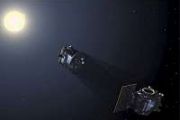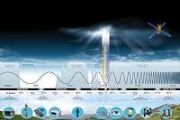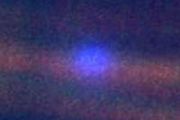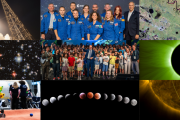
Copernical Team
Paraplegic engineer becomes the first wheelchair user to blast into space
Verifying that you are not a bot
Space station research supports new FDA-approved cancer therapy
Verifying that you are not a bot
Europe’s next solid propellant rocket motor passes review

Week in images: 15-19 December 2025

Week in images: 15-19 December 2025
Discover our week through the lens
ESA Impact 2025 - October-December

ESA Impact 2025 - October-December
Welcome to ESA Impact, your interactive gateway to the most captivating stories and stunning visuals from the European Space Agency, now in a mobile-friendly format.
Post-CM25 industry event online set for 14 January

On 14 January 2026, the European Space Agency (ESA) will hold an online post-CM25 industry event for all ESA industrial partners.
Galileo: the journey of satellites 33 and 34
 Video:
00:05:30
Video:
00:05:30
On 17 December 2025, two new Galileo satellites lifted off from Europe’s Spaceport in French Guiana. This was the 14th launch for Europe’s satellite navigation operational satellite programme, reinforcing Europe’s resilience and autonomy. The flight, VA266, was the first launch of Galileo satellites on Europe’s newest heavy-lift launcher Ariane 6.
The satellites, designated SAT 33 and SAT 34, separated from the launcher after a flight of just under four hours. The launch was declared successful after acquisition of signal and the confirmation that both satellites are healthy with their solar arrays deployed.
“With these new satellites, we strengthen Europe’s global navigation
XRISM sees comet 3I/ATLAS in X-ray light
 Image:
XRISM sees comet 3I/ATLAS in X-ray light
Image:
XRISM sees comet 3I/ATLAS in X-ray light Introducing ARIEL, a new 250 N thruster

LizzieSat 3 completes bus commissioning for multi mission AI operations
 Sidus Space has completed bus-level commissioning of its LizzieSat-3 spacecraft, confirming that the satellite's core systems are operational in orbit and ready to support customer missions. LS-3 is part of the company's LizzieSat multi-mission constellation focused on providing space-based data services, integrated sensors, and autonomous on-orbit computing capabilities to government and commer
Sidus Space has completed bus-level commissioning of its LizzieSat-3 spacecraft, confirming that the satellite's core systems are operational in orbit and ready to support customer missions. LS-3 is part of the company's LizzieSat multi-mission constellation focused on providing space-based data services, integrated sensors, and autonomous on-orbit computing capabilities to government and commer 





























